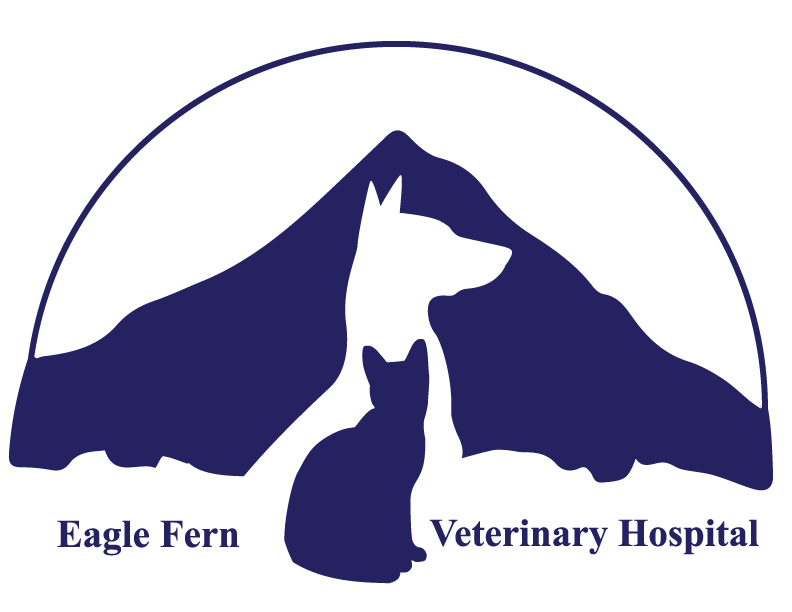 Hypothyroidism in Dogs Hypothyroidism in Dogs
Hypothyroidism is a common problem in the dog. Usually there is a primary problem with the thyroid gland itself. The factors that trigger the development of the disease are poorly understood, but genetic factors undoubtedly play a role.
Clinical signs of hypothyroidism usually develop during middle age, between 2 to 6 years of age and often include lethargy, mental dullness, inactivity, weight gain, hair loss, and secondary skin infections. Reproductive problems, neurological abnormalities (seizures, head tilt, circling, etc.) as well as eye, heart, and gastrointestinal problems are seen less commonly.
To diagnose hypothyroidism, a thyroid hormone (T4) concentration and a free T4 by equilibrium dialysis are needed. In some cases, a TSH concentration may be warranted if the first two tests are in the 'grey zone'. A complete blood count and chemistry panel is needed as well so that an underlying condition is not missed. We can see that an animal with a normal thyroid will have a low T4 when there is a concurrent disease. This is called euthyroid sick syndrome.
Thyroid hormone supplementation is the treatment of choice for hypothyroidism. The medication is given orally twice daily. After a month of treatment, the T4 level is retested. Blood tests should be taken 4-6 hours after administration of the medication. In some cases the dose may need to be altered and then the T4 retested in 2 weeks. When the correct dose is achieved, blood testing is needed every 6-12 months. With the appropriate therapy, all of the clinical signs associated with hypothyroidism are reversible.
| 
